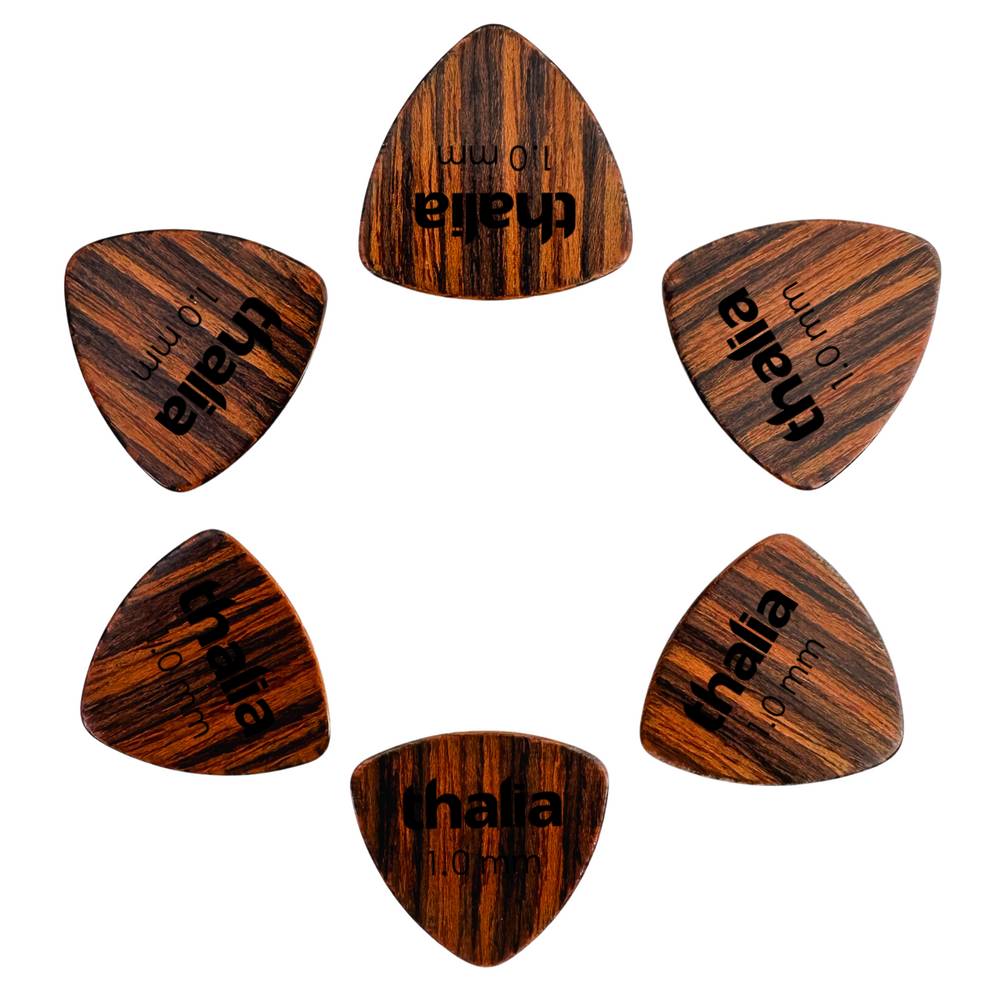Tony McManus: “The Guitarman’s Guitarist”

“One of the premiere purveyors of Celtic music, McManus displays an incredible ability to capture the melodic nuances of that ancient genre—including the sounds of fiddles and pipes—making his solo works supremely evocative.” – Guitar Player Magazine
Tony McManus has been described as the “guitarman’s guitarist.” And indeed, he’s a player that many practitioners of finger style guitar look up to. But, to label McManus as a purveyor of music for musos is to undervalue the enormous reach his playing has, and his notable influence on the Celtic and folk scenes.
In today’s article, I’m diving into McManus’s story; how he gravitated towards the six string, and what makes him such a unique force in finger style guitar playing.
Born in Paisley, Scotland in 1965, McManus’s musical education began early thanks to his parents’ record collection of traditional music. He gravitated towards the violin in his early years, but struggled with the mechanics of bowing the instrument. As McManus himself noted in a Rogue Folk interview:
 “…I was no good at bowing the thing so my father, having noticed me strumming it, bought me a mandolin. I got a guitar the following year (age 9) and that was where I wanted to be.”
“…I was no good at bowing the thing so my father, having noticed me strumming it, bought me a mandolin. I got a guitar the following year (age 9) and that was where I wanted to be.”
Teaching himself to play, the guitar became one of McManus’s two great passions in life. The other was mathematics, which led to the pursuit of an academic career. Yet, as he hit his 20s, and while studying for a doctorate, McManus found himself at a crossroads:
“[I] was half way through a Ph.D when I hit on the notion that I really am a better guitarist that I ever will be a mathematician and that it might be a career. Having made that decision I headed back to Scotland and threw myself at the session scene in Glasgow and Edinburgh.”
Playing around Scotland’s major cities brought McManus to the attention of Dick Gaughan. One of the country’s leading singer-songwriters, Gaughan was impressed with what McManus had to offer and landed him a studio session for BBC radio in 1993. Gigs across the country followed, as well as American shows in 1995. In 1996, he released his first, self-titled, album, while 1999’s follow-up, “Porqoui Quebec,” brought further recognition.
On his first two albums, McManus laid the foundations for what would become his signature style. Infusing the folk and Celtic influences of his childhood, McManus adapted the complex ornamentation of fiddle and pipe playing to the guitar, as well as using tunings like DADGAD and DAAEAE to achieve a bagpipe-like drone on his six string. It was a striking sonic effect, and one that turned heads.
But, it was in 2002, with the release of “Ceol More” that McManus truly cemented his reputation as a guitarist of note. On “Ceol More,” he built on the groundwork of his previous albums to spectacular new heights. Through the startling adaptation of the plaintive Jewish hymn “Shalom Aleichem,” and the radical re-arrangement of Charles’ Mingus’ “Goodbye Pork Pie Hat,” McManus showed the breadth of his musical knowledge, and the ingenuity of his playing. Accordingly, the music world took note. By the end of 2002, he’d been nominated as Musician of the Year by both the BBC Folk Awards and The Scottish Traditional Music awards. “Ceol More” was included in Acoustic Magazine’s “album of the year” list, and named Live Ireland Awards’ album of the year.
A decade after abandoning academia for a career in music, McManus had arrived. And, he’s only continued that upward trajectory since. Today, McManus’ back catalogue is extensive enough to make even the most seasoned player blush. As well as his own myriad records, he’s contributed to over 60 projects as a session musician, and worked with some of the most renowned artists in folk and beyond. In retrospect, the math world’s loss was the guitar world’s gain!
What’s your favourite Tony McManus moment? Can you think of other famous guitarists who almost pursued different careers? Share your stories in the comments.





















